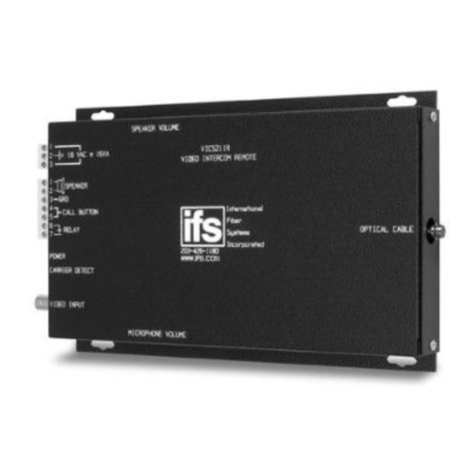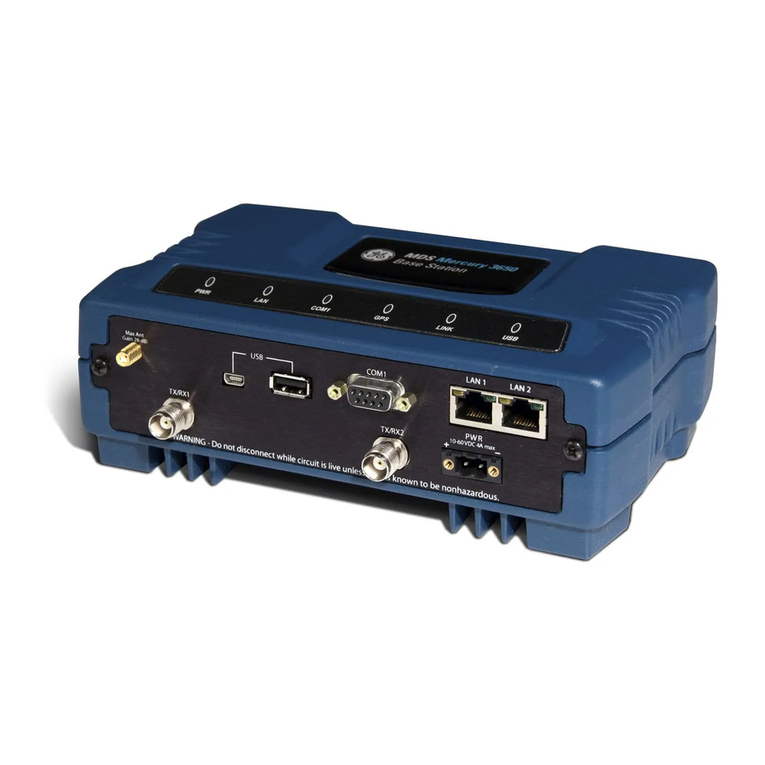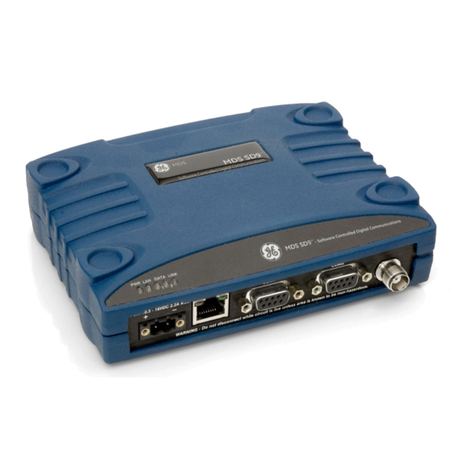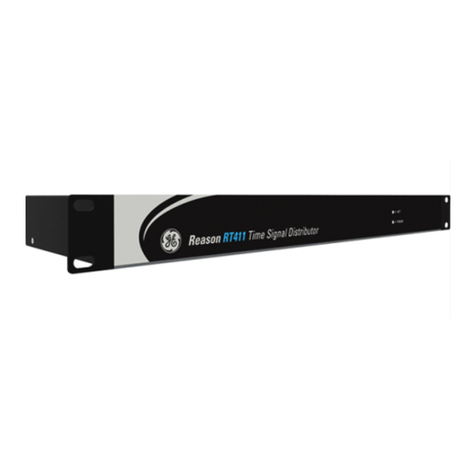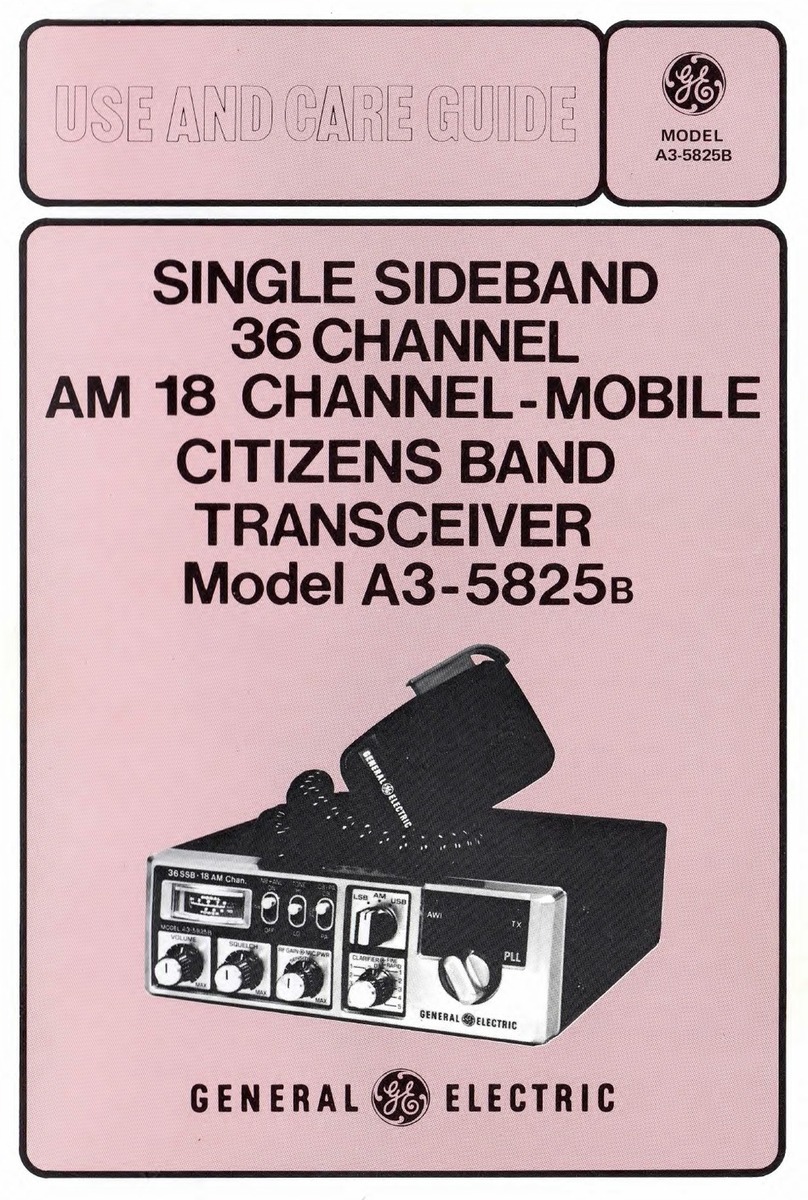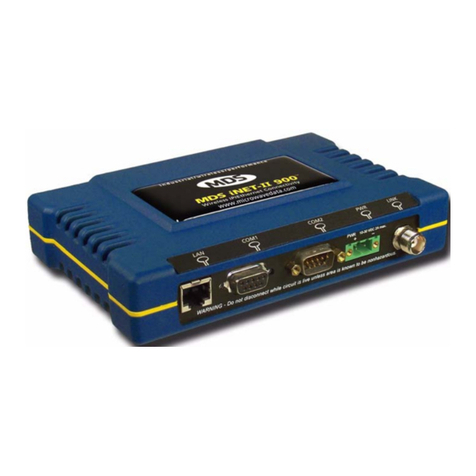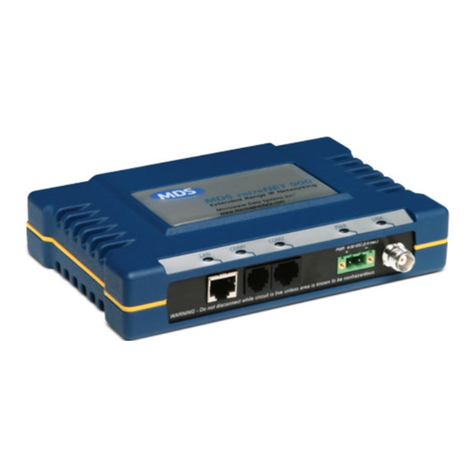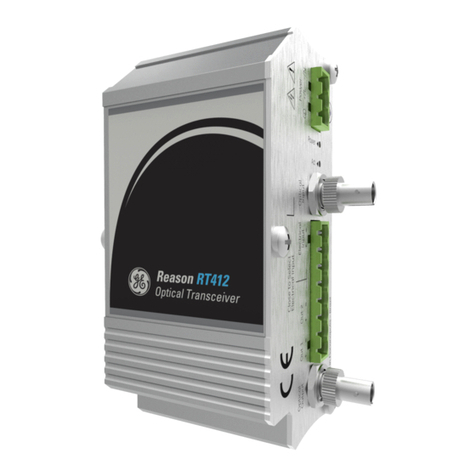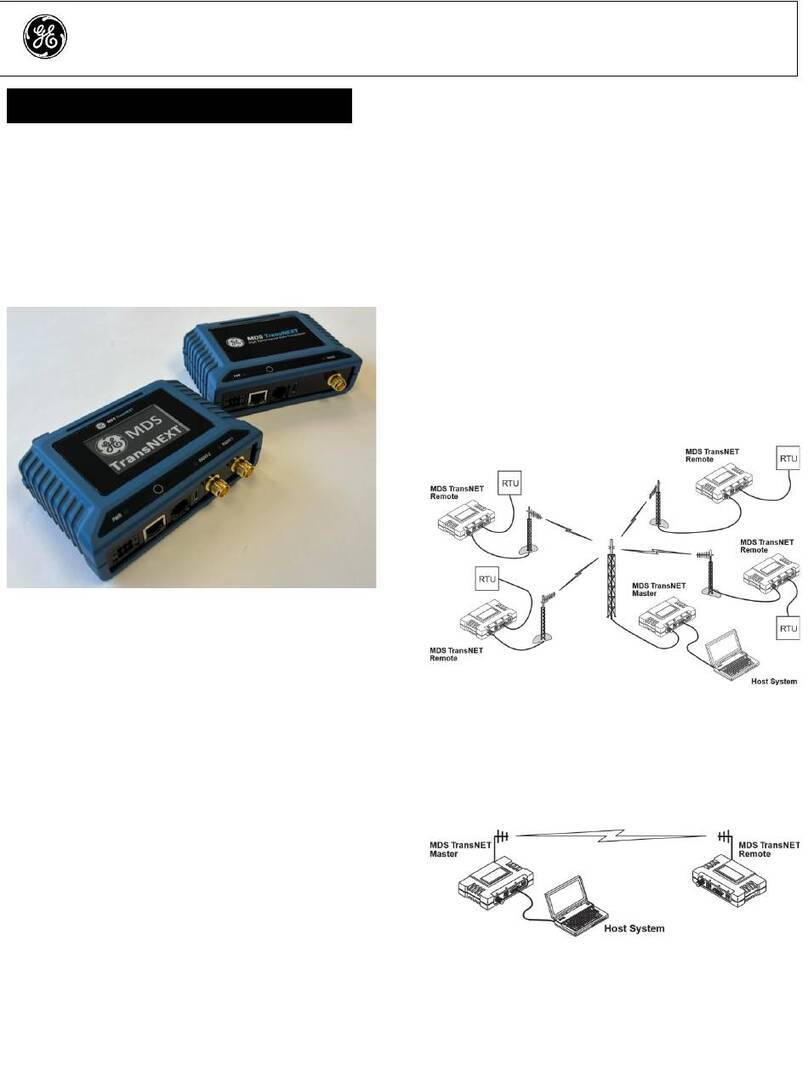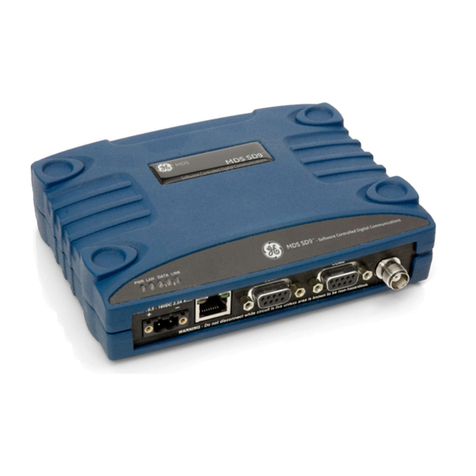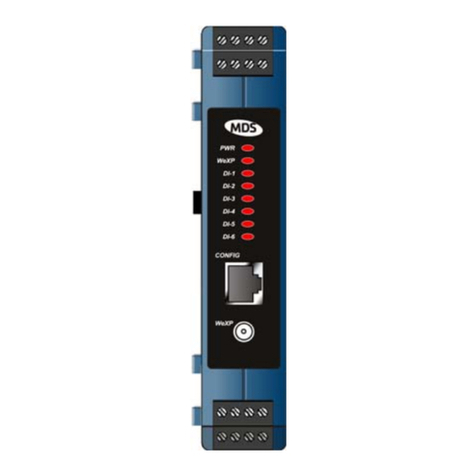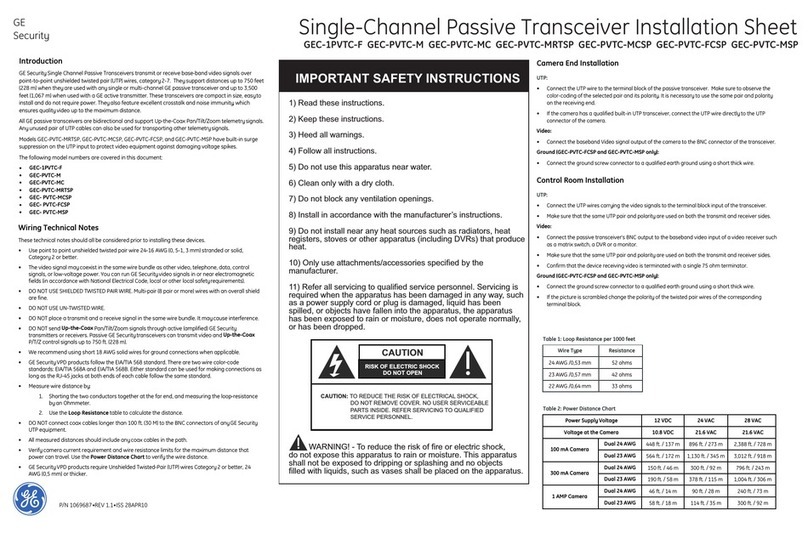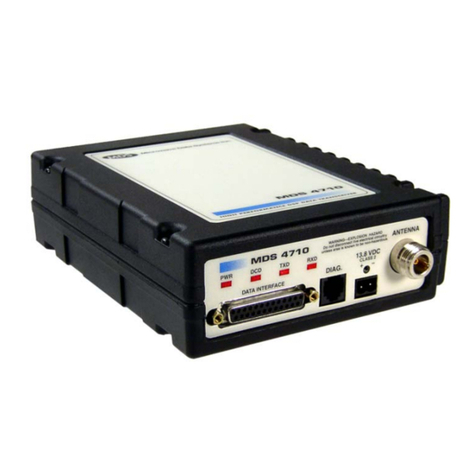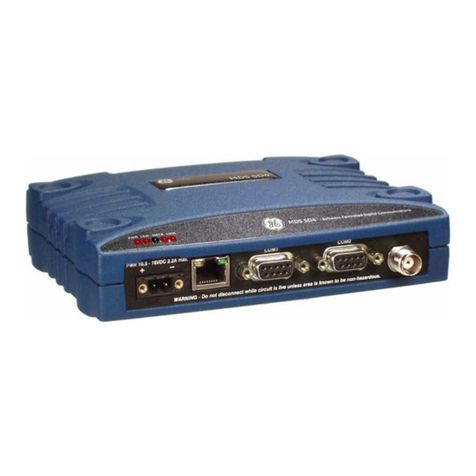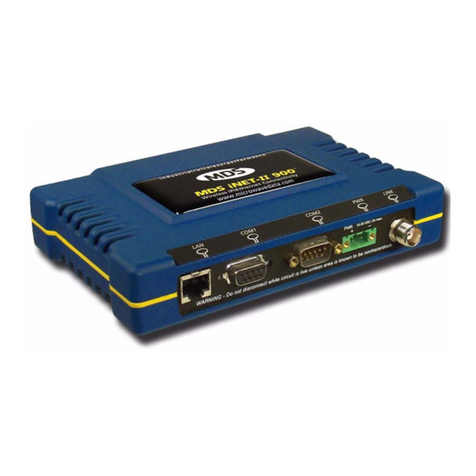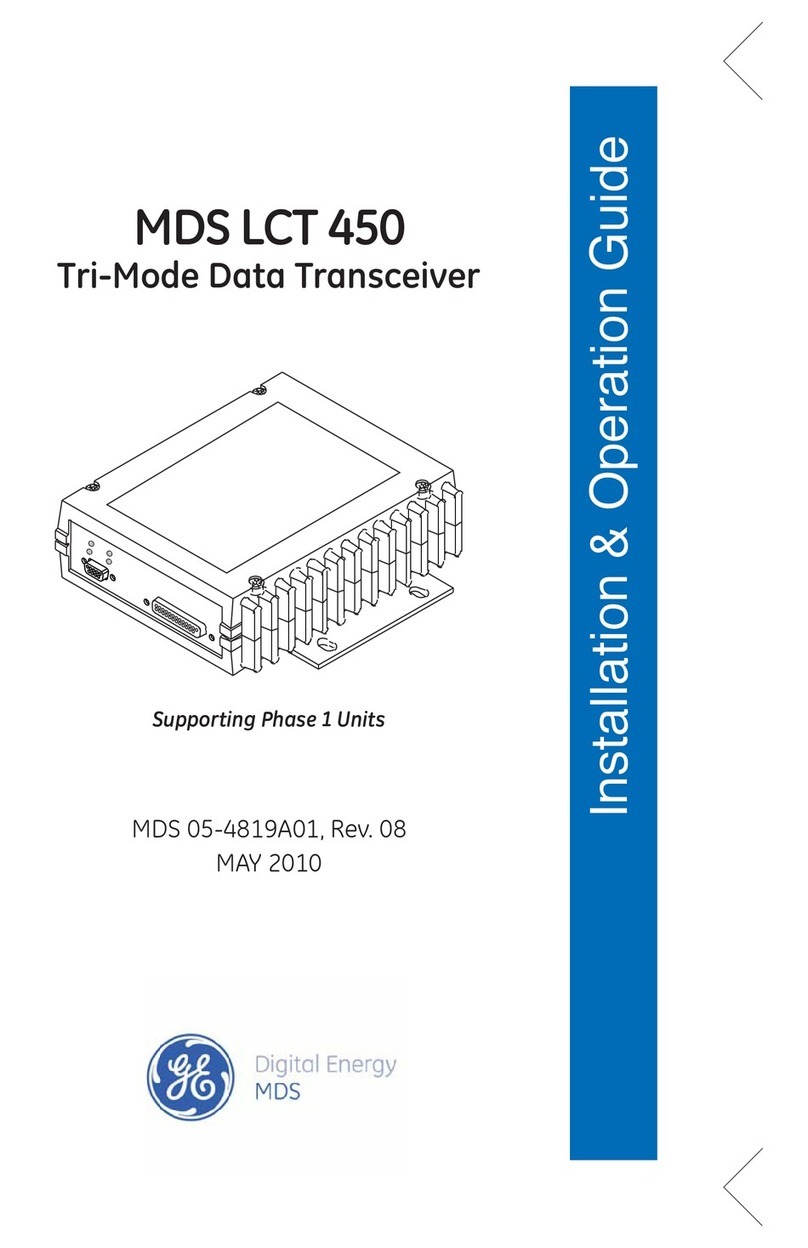
vi
Mercury Reference Manual 05-4446A01, Rev. C
CSA Conditions of Approval: The transceiver is not acceptable as a stand-alone unit for use in the hazardous locations
described above. It must either be mounted within another piece of equipment which is certified for hazardous
locations, or installed within guidelines, or conditions of approval, as set forth by the approving agencies. These
conditions of approval are as follows:
The transceiver must be mounted within a separate enclosure which is suitable for the intended application.
The antenna feedline, DC power cable and interface cable must be routed through conduit in accordance with the
National Electrical Code.
Installation, operation and maintenance of the transceiver should be in accordance with the transceiver’s installation
manual, and the National Electrical Code.
Tampering or replacement with non-factory components may adversely affect the safe use of the transceiver in haz-
ardous locations, and may void the approval.
A power connector with screw-type retaining screws as supplied by GE MDS must be used.
Do not disconnect equipment unless power has been switched off or the area is known to
be non-hazardous.
Refer to Articles 500 through 502 of the National Electrical Code (NFPA 70) for further
information on hazardous locations and approved Division 2 wiring methods.
FCC Part 15 Notices
The transceiver series complies with Part 15 of the FCC Rules. Operation is subject to the following two conditions:
(1) this device may not cause harmful interference, and (2) this device must accept any interference received, including
interference that may cause undesired operation. This device is specifically designed to be used under Section 15.247
of the FCC Rules and Regulations. Any unauthorized modification or changes to this device without the express
approval of Microwave Data Systems may void the users authority to operate this device. Furthermore, the Mercury
Series is intended to be used only when installed in accordance with the instructions outlined in this manual. Failure
to comply with these instructions may also void the users authority to operate this device.
Part 15 rules also require that the Effective Isotropic Radiated Power (EIRP) from a Mercury Series installation not
exceed 36 dBm. Refer to
Antenna & Feedline Selection
on Page 151 for more information.
Manual Revision and Accuracy
This manual was prepared to cover a specific version of firmware code. Accordingly, some screens and features may
differ from the actual unit you are working with. While every reasonable effort has been made to ensure the accuracy
of this publication, product improvements may also result in minor differences between the manual and the product
shipped to you. If you have additional questions or need an exact specification for a product, please contact our Cus-
tomer Service Team using the information at the back of this guide. In addition, manual updates can often be found on
the GE MDS Web site at www.GEmds.com.
Environmental Information
The manufacture of this equipment has required the extraction and use of natural resources. Improper disposal may
contaminate the environment and present a health risk due to hazardous substances contained within. To avoid dissem-
ination of these substances into our environment, and to limit the demand on natural resources, we encourage you to
use the appropriate recycling systems for disposal. These systems will reuse or recycle most of the materials found in
this equipment in a sound way. Please contact GE MDS or your supplier for more information on the proper disposal
of this equipment.
EXPLOSION
HAZARD!
